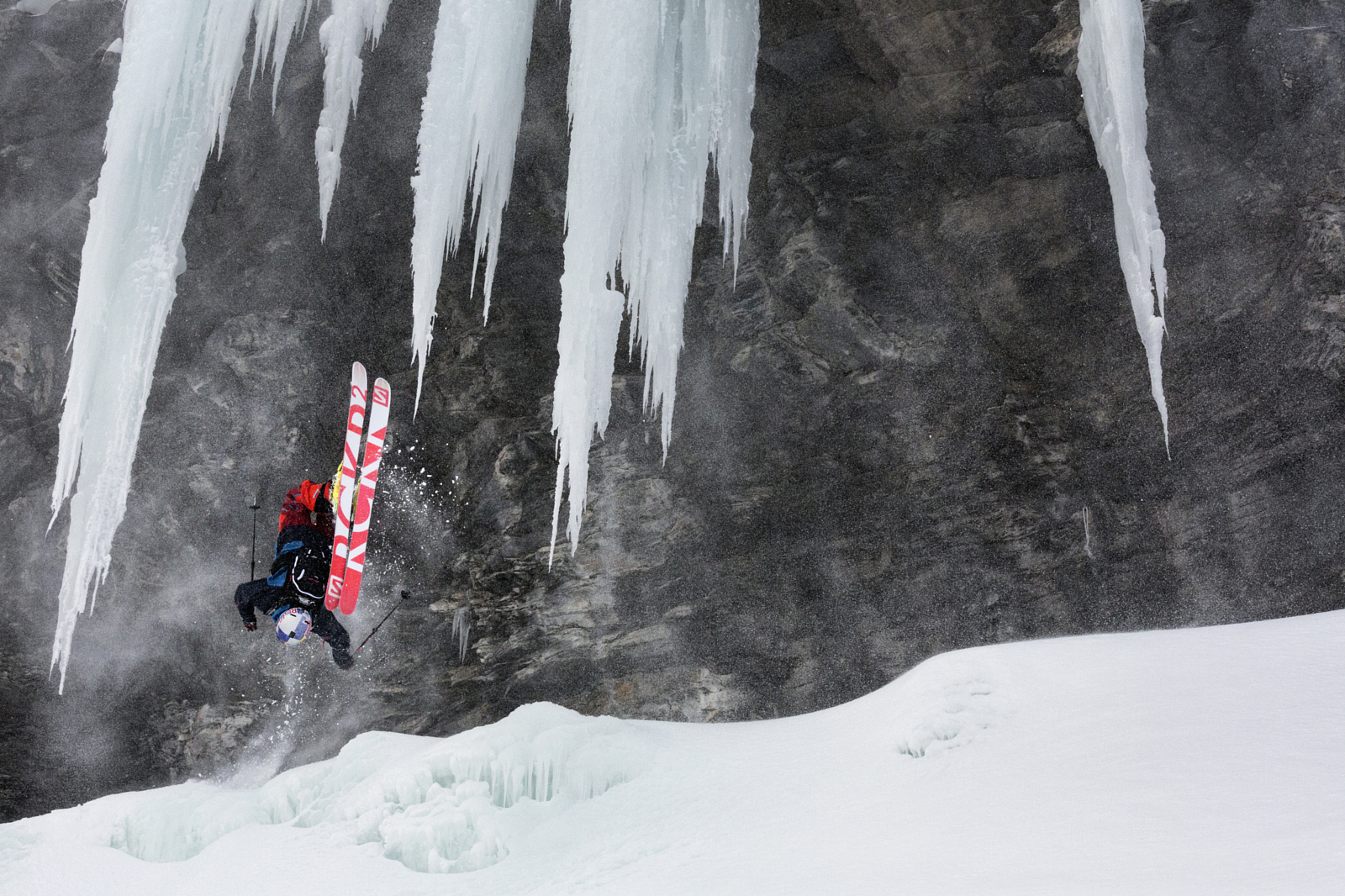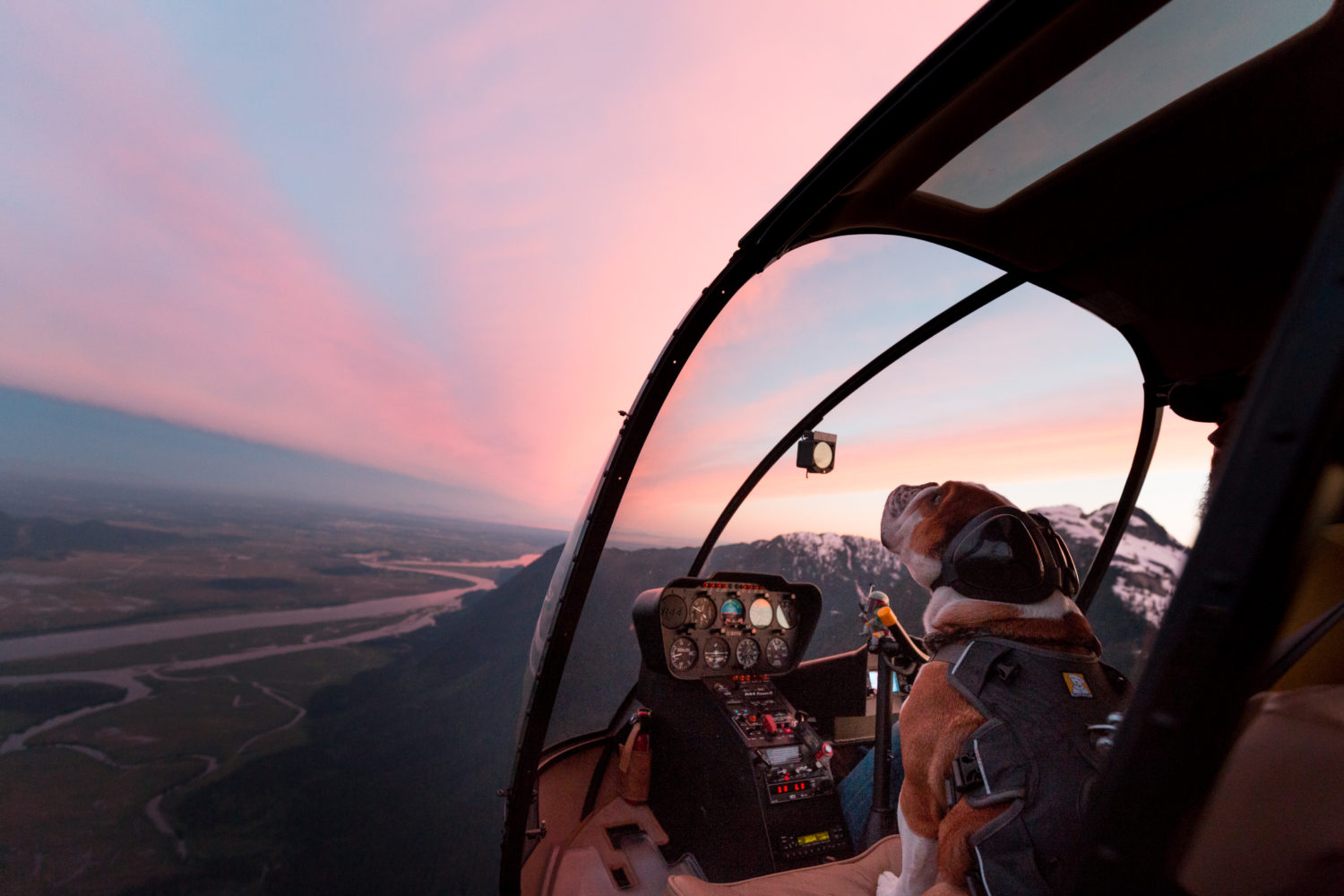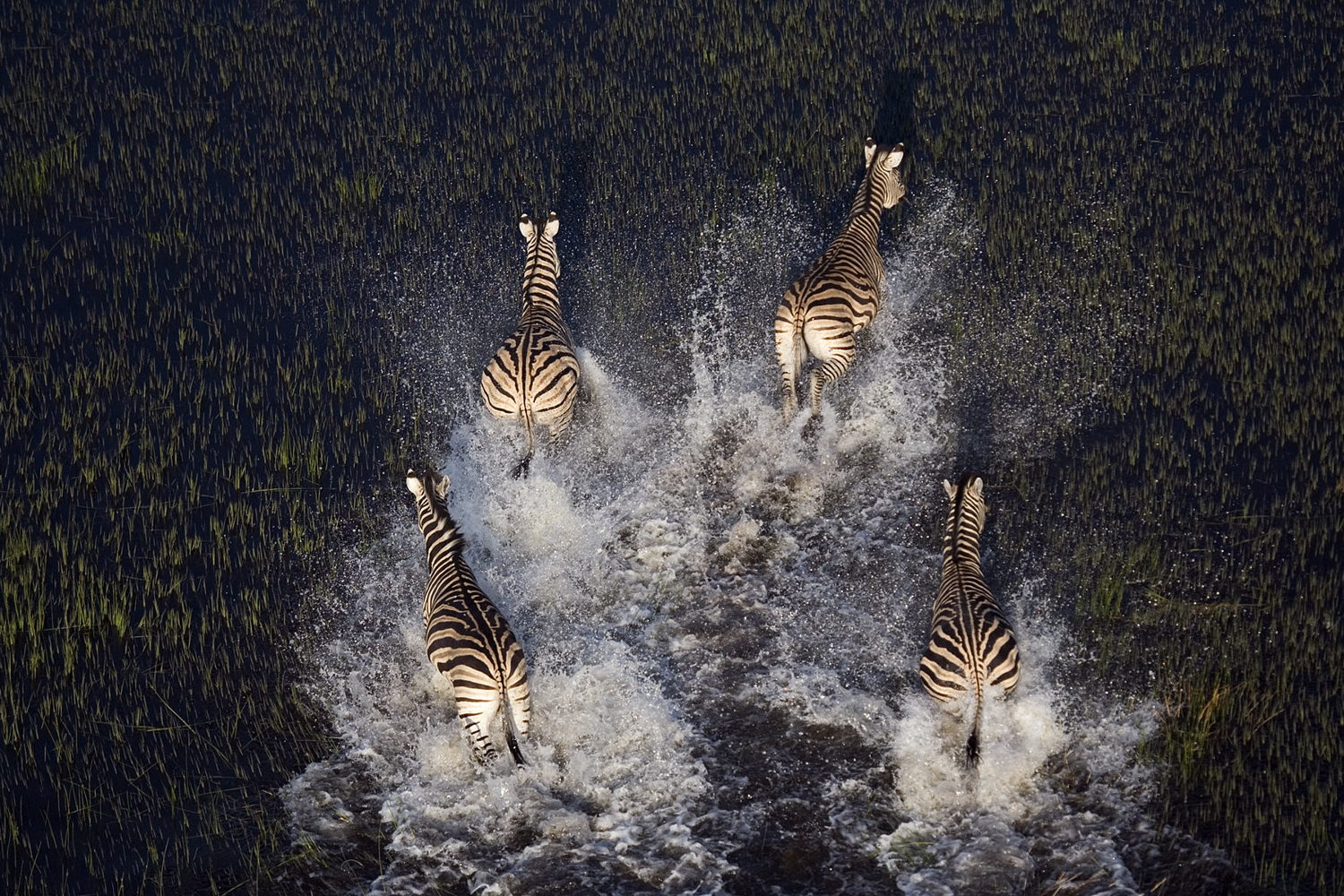Red Bull Photography recently joined our community with a verified brand profile of their own. This partnership isn’t just about amazing photography—it’s also about amazing stories. Behind every shot on Red Bull Photography is a talented photographer, a wild story, and a few lessons learned. We’ll be telling those stories every week here on 500px ISO and the Red Bull Photography website. Scroll down for a story on core images in sports photography, and what it takes for photographers to capture authentic moments and detailed shots of athletes performing at their best.
Specific sports have specific needs when it comes to photography. Core requirements that professional photographers must know about if they are to be taken seriously. Many Red Bull photographers are actually pretty handy athletes themselves. Some got into photography by shooting the friends that they went climbing, skiing or surfing with, while others retired from serious competition due to injury and used photography as a way of staying active in the scene.
This type of background can be pretty useful when it comes to sports photography, especially for capturing what are often described as ‘core’ images. These are the must-have pictures that show just what an athlete can do when they perform at their best. Fantastic attention to detail is required (it’s essential to get timing, body position and composition exactly right) which is where personal experience of the sport can be very useful indeed.
For example, consider the sport of rowing – an experienced water-sport photographer will know that a crew look much better at the start of the stroke (known as the ‘catch’) than at the end (the ‘finish’).
Every rower likes to see that moment when 8 people are all in perfect synchronization: their blades squared above the water ready for the next stroke. But if you’ve never shot rowing, or been in a boat yourself, how do you know this?
Swedish freestyle skier Henrik Windstedt has his own set of core requirements (and pet hates) when he is being photographed. “There are important things to show: for instance it’s key to make it look steep and extreme,” he says. “The horizon obviously needs to be straight, but the photographer can often try to find a position that makes things look dramatic — and if it doesn’t look that way is there usually another angle.”
The steepest looking angle in ski photography, Henrik advises, often comes when photographers shoot on the same level as their subject. He also says that appearing to be tight and in control is essential. “You don’t want to have skis pointing in different directions or arms up in the air,” he says. “I’ve worked with photographers who put down markers to tell me that’s where they want me to turn for a photo, and that’s useful because I can make sure I’m looking at my best.”
US photographer Christian Pondella, who has a background in climbing and winter sports, agrees that knowledge of the subject can help produce a more refined photograph: “It’s useful. It helps me to know where the good shots are when we’re skiing or climbing, and where to find the good angles. I live in a ski town and spend as much time as I can out with my friends. In fact I probably spend more time on the slopes without my camera than I do with it. It’s important for me to keep that balance.”
But Christian also identifies a secondary, more practical, advantage that his climbing skills give him. “Sometimes you can’t shoot these pictures from the ground, so you have to be up there too – repelling over a cliff or hanging half-way up a rock face. You need to be comfortable with heights and exposure.”
In truth the concept of ‘core’ photography matters to relatively few people, but those people are the experts, and their opinions are important. “Ordinary members of the public won’t notice if one of my skis is pointing the wrong direction, but I will. And so will others in the ski industry, which is why it’s important,” Henrik points out. “But then I’m the same if I look at some freestyle BMX photography, for instance – I don’t have a clue if it’s a good or bad riding style.
“When you shoot a picture for an insurance company or a car manufacturer, everyone loves an upside-down snowboarder against a blue sky, or a skier with their arms and legs everywhere. But for a core shot, things have to be more authentic,” he says.
The lesson here is that paying attention to a sport’s core values ultimately results in a better photograph. Brands who want to associate themselves with images of sport can do well to consider what exactly is core about that sport, and work with a photographer who has a specialist knowledge of it. Not only will the results look better, but the credibility garnered from experts in the field will do no harm at all to any brand associated with it.
Stay tuned for another story from Red Bull Photography that will blow your mind next week!









Leave a reply